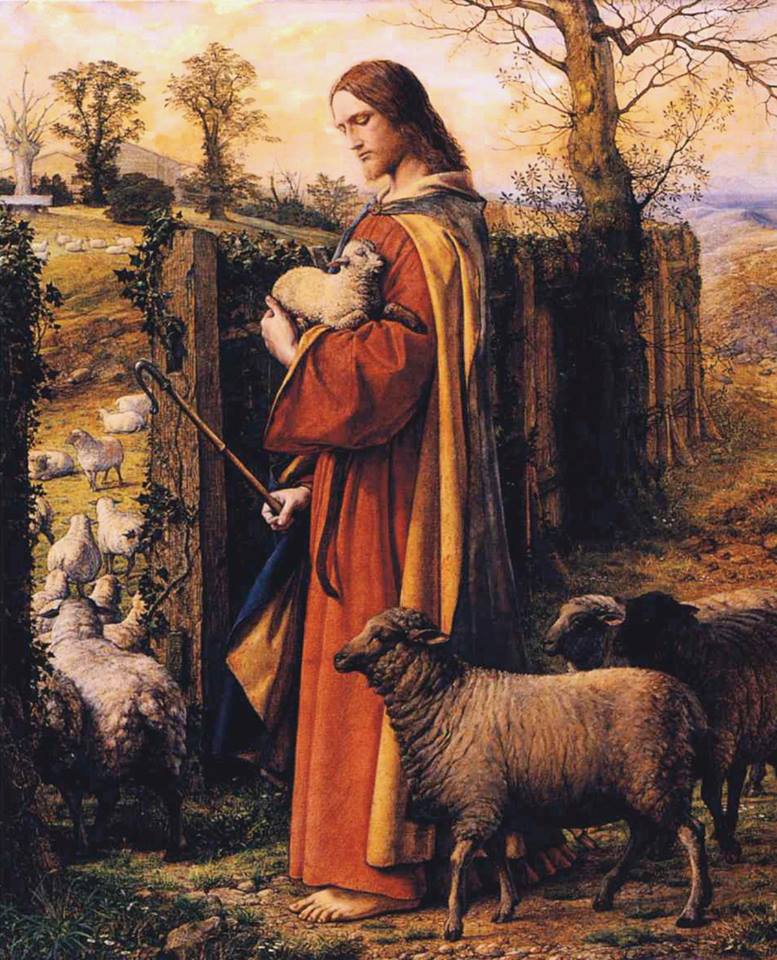
Today, as we remember St. Joseph, guardian of Jesus, we also remember our pastors, those faithful shepherds whom God has raised up for our good. Every year around Lent we send out cards of appreciation to our alumni, and we wanted to share that message of thanks and encouragement from President Rast:
Two thousand years ago the Son of Man poured out His blood
for us, the foolish sheep who so often and easily go astray. Jesus knows how much and often we need tangible reminders and reassurance when we are perplexed with our griefs and doubts as was Thomas. “Jesus came and stood among them and said, ‘Peace be with you.’ Then he said to Thomas, ‘Put your finger here, and see my hands; and put out your hand, and place it in my side. Stop doubting and believe’” (John 20:26b-27, ESV).
The Good Shepherd continues to reassure you of your value and purpose as He pours out His forgiveness through His sacrificial body and blood in the Lord’s Supper.
I wish to remind you of how much I appreciate your tireless
efforts in sharing the good news of salvation in Jesus, the crucified and risen Lamb of God. As you feed His sheep, call back into the fold those who have gone astray, and share works of mercy, please pray for your Seminary so that God continues to raise up faithful shepherds and workers for His Church.Thank you for your dedication and faithful service.
Rev. Dr. Lawrence R. Rast Jr.
President
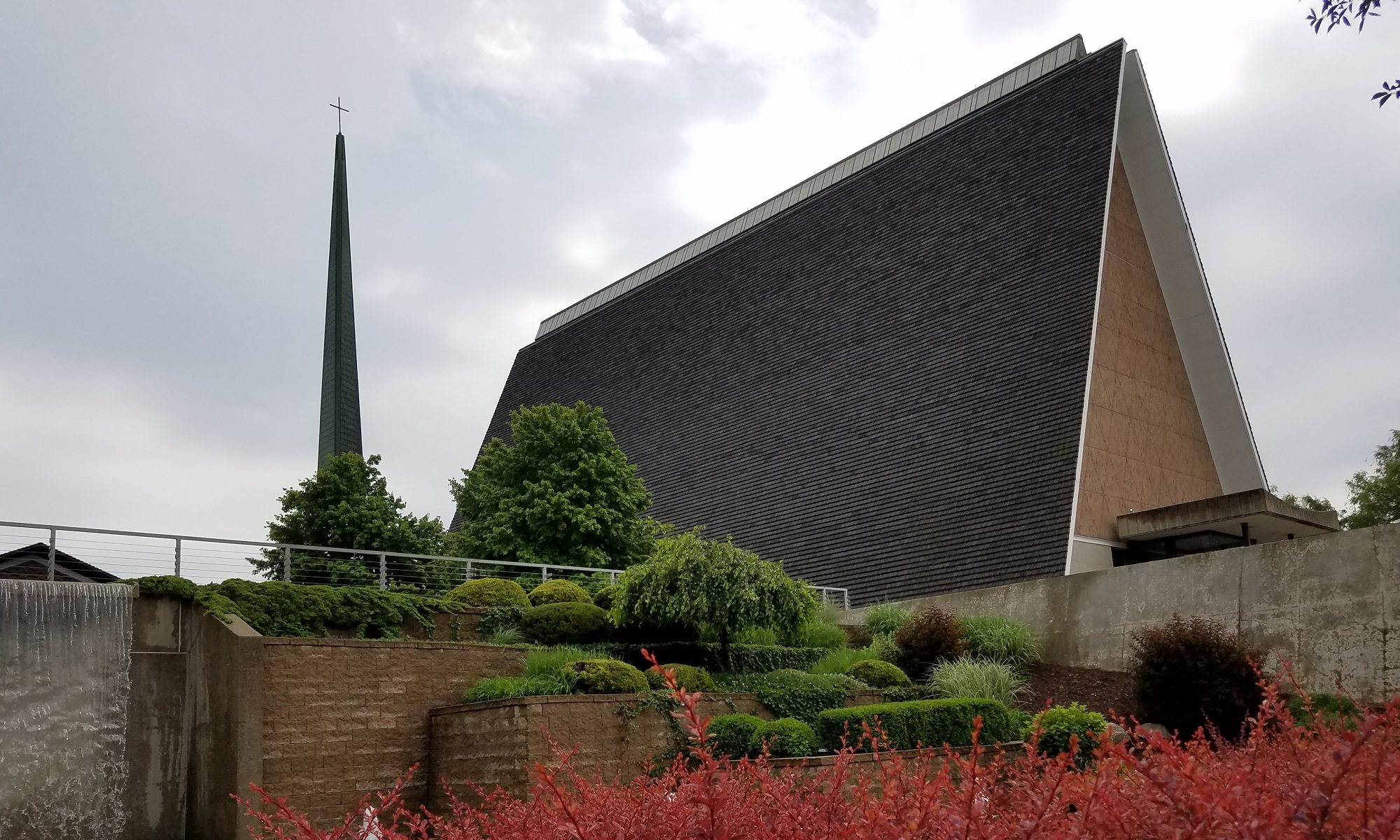
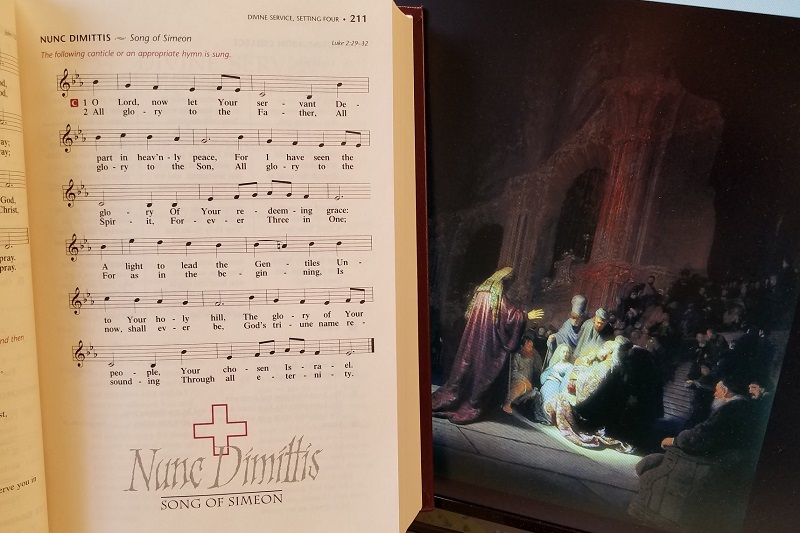
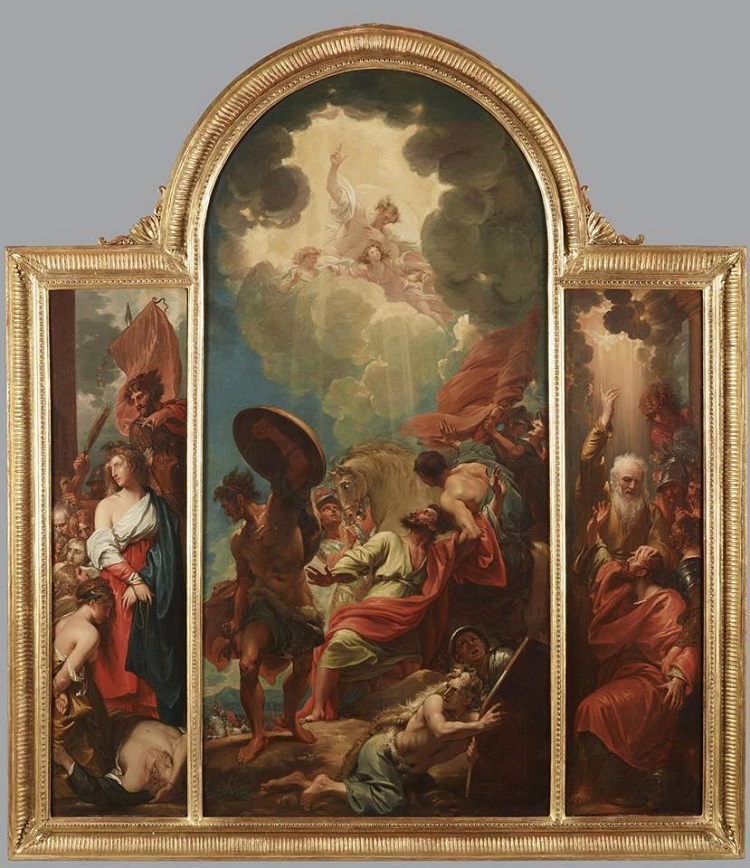
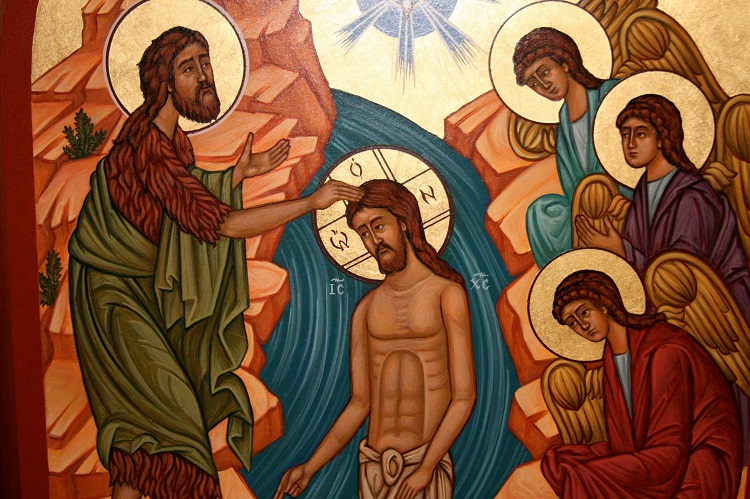
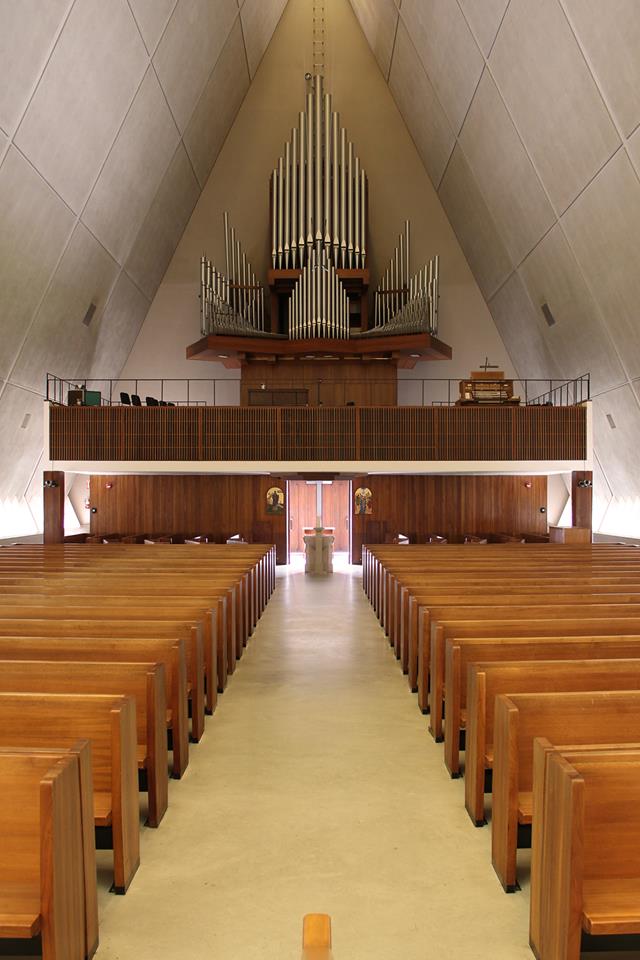 Then Herod summoned the wise men secretly and ascertained from them what time the star had appeared. And he sent them to Bethlehem, saying, “Go and search diligently for the child, and when you have found him, bring me word, that I too may come and worship him.” After listening to the king, they went on their way. And behold, the star that they had seen when it rose went before them until it came to rest over the place where the child was. When they saw the star, they rejoiced exceedingly with great joy. And going into the house, they saw the child with Mary his mother, and they fell down and worshiped him. Then, opening their treasures, they offered him gifts, gold and frankincense and myrrh. And being warned in a dream not to return to Herod, they departed to their own country by another way.
Then Herod summoned the wise men secretly and ascertained from them what time the star had appeared. And he sent them to Bethlehem, saying, “Go and search diligently for the child, and when you have found him, bring me word, that I too may come and worship him.” After listening to the king, they went on their way. And behold, the star that they had seen when it rose went before them until it came to rest over the place where the child was. When they saw the star, they rejoiced exceedingly with great joy. And going into the house, they saw the child with Mary his mother, and they fell down and worshiped him. Then, opening their treasures, they offered him gifts, gold and frankincense and myrrh. And being warned in a dream not to return to Herod, they departed to their own country by another way.
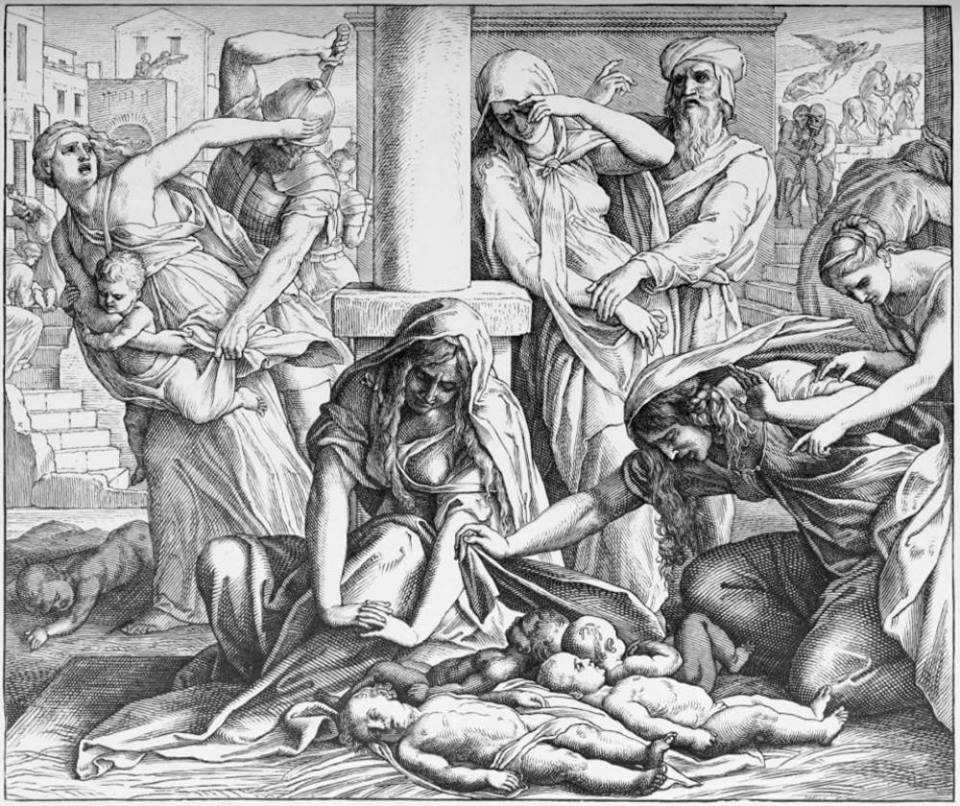
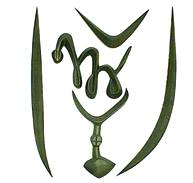
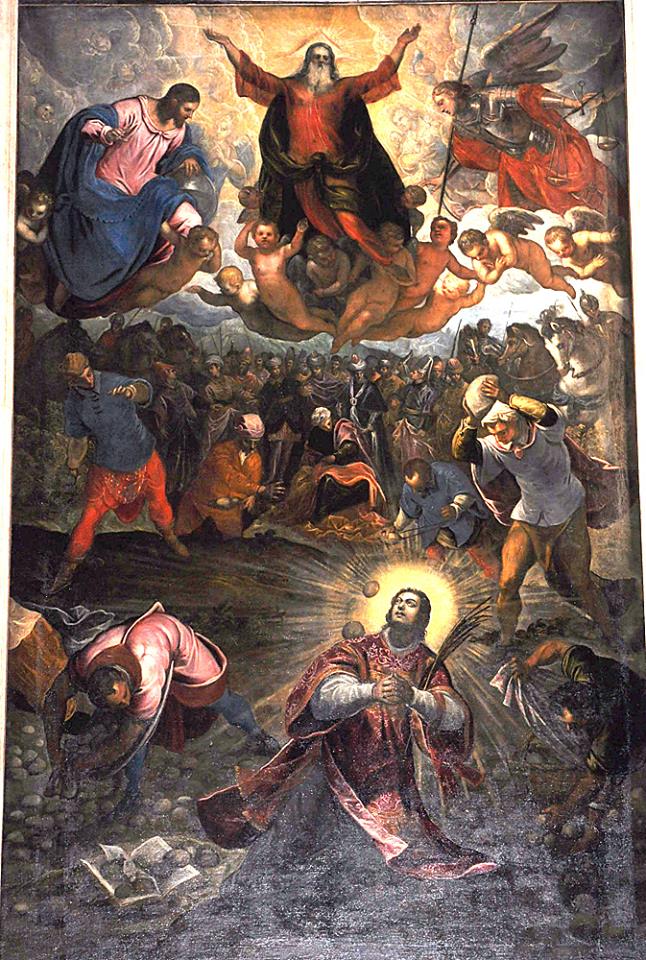
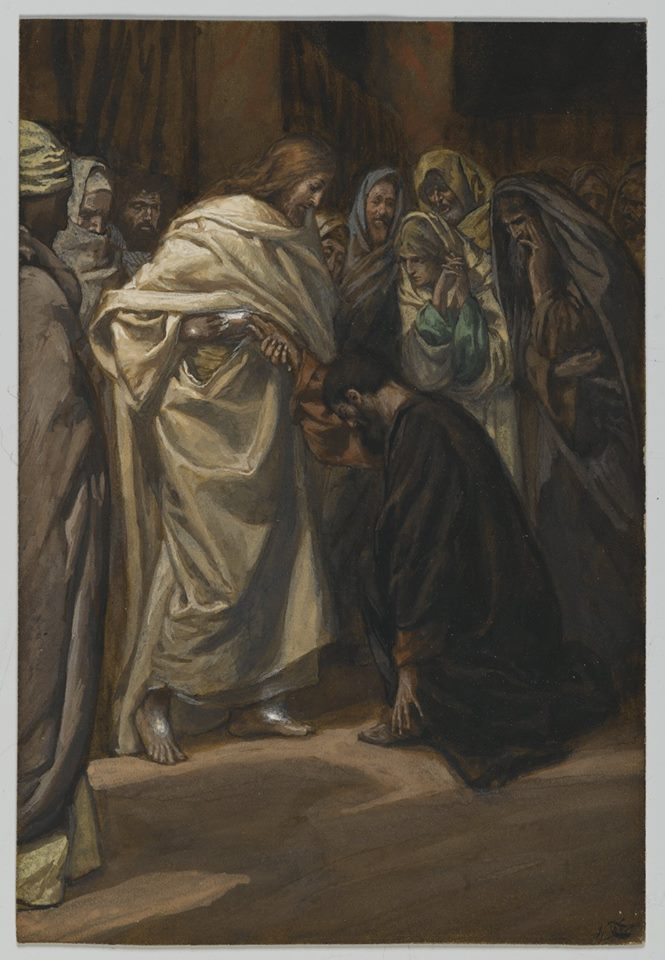
 Pictured is his shield, which can be viewed here on campus with the other New Testament Evangelist Shields in Wyneken Hall. The square represents the church that St. Thomas is said to have built in India, whereas the spear is a sign of his martyrdom. Tradition says that he was martyred by a pagan priest, having been first stoned then riddled with arrows, and finally killed with a spear.
Pictured is his shield, which can be viewed here on campus with the other New Testament Evangelist Shields in Wyneken Hall. The square represents the church that St. Thomas is said to have built in India, whereas the spear is a sign of his martyrdom. Tradition says that he was martyred by a pagan priest, having been first stoned then riddled with arrows, and finally killed with a spear.